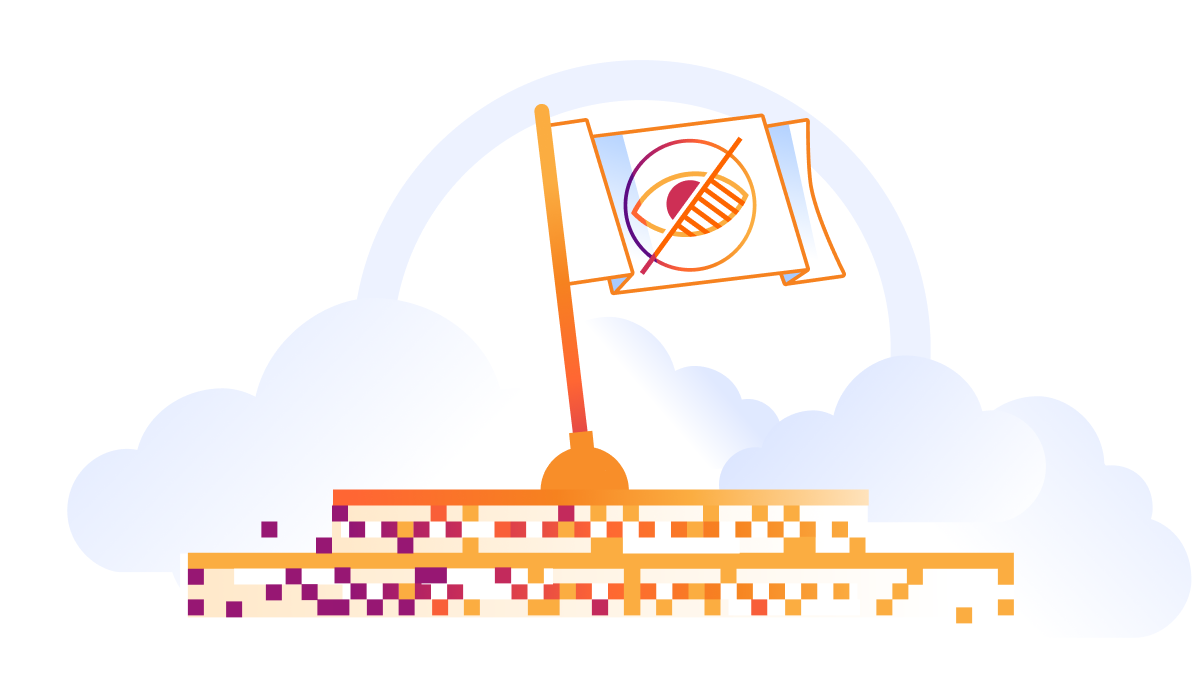0
Cyber attacks are growing in frequency and complexity. And at an average cost of $4.35M1, data breaches are no joke. With Generative AI, this threat will grow even further—equipping even an unsophisticated attacker with the means to become a sophisticated hacker.
Reality is, you can’t get away with just protecting your perimeter anymore. Today, the most common type of attack vectors—lateral movement, vulnerability exploits and zero day attacks — are all matters of lateral security. And with the majority of your traffic going east-west, protecting the inside of your network is beyond critical.
Traditional security solutions aren’t enough when it comes to lateral security: implemented with multiple appliances, they lead to traffic hairpinning, create bottlenecks, are cost-prohibitive, and only protect a subset of workloads. To make matters worse, they’re blind to VM-to-VM traffic, since traditional methods of using network taps only see traffic between physical hosts. And you can’t protect what you can’t see.
To protect the inside of your private cloud, you need a comprehensive lateral security solution that gives you complete visibility and security.
VMware’s Lateral Security answers that call; it is distributed, built into the hypervisor, and scales seamlessly to meet your evolving Continue reading



